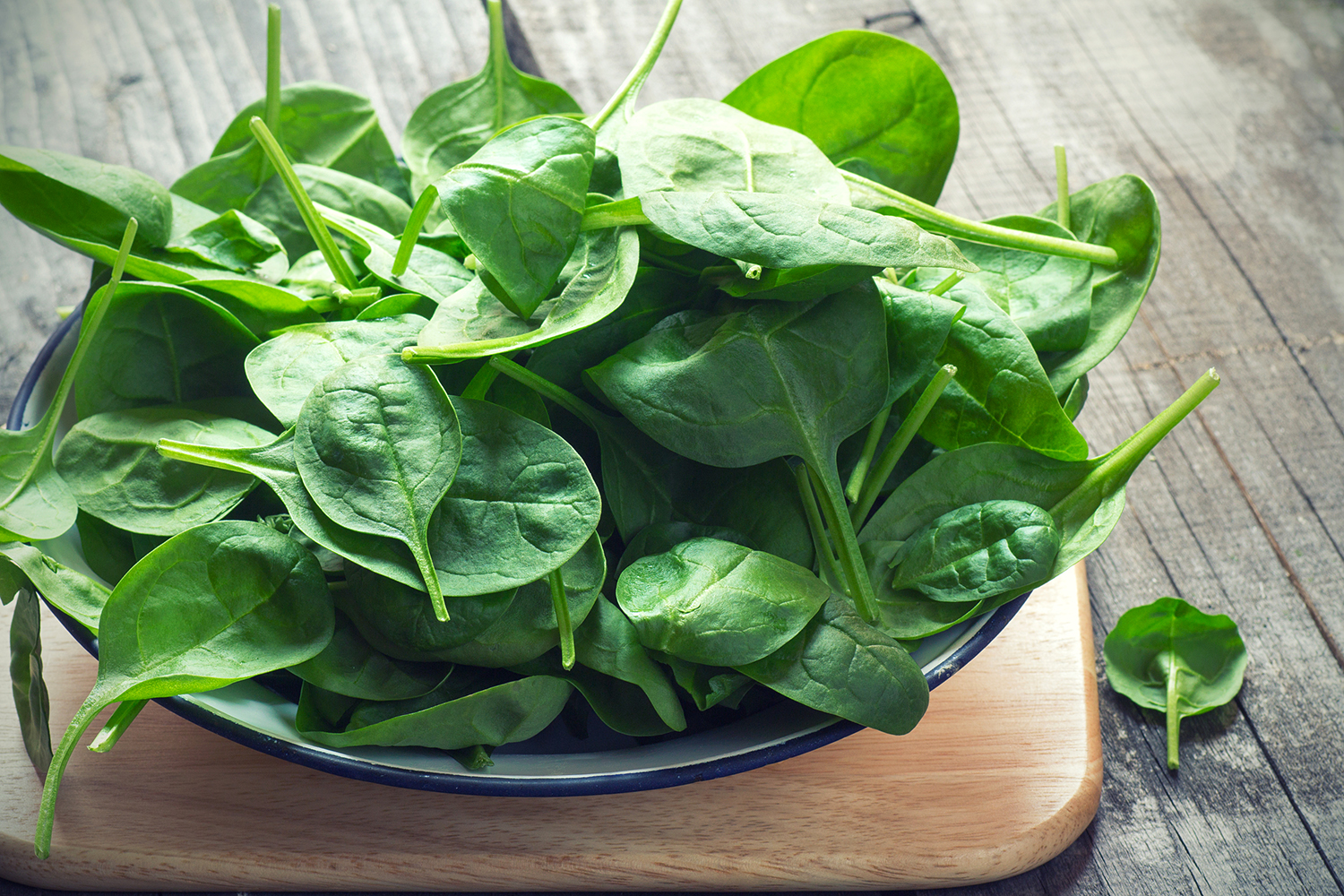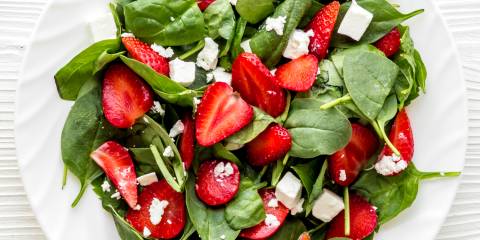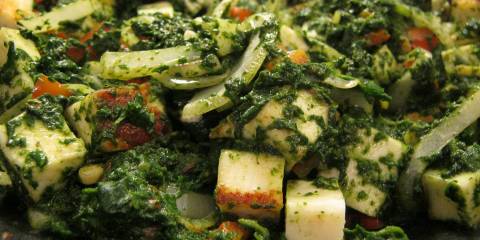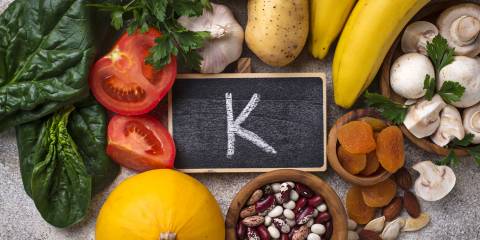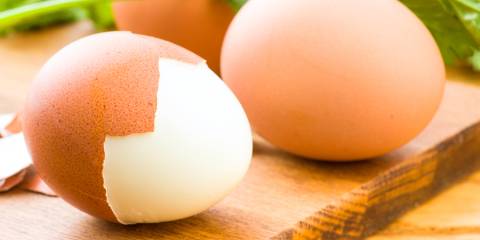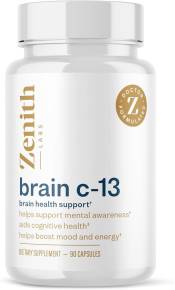When the 20th-century cartoon character Popeye sang that line about the vegetable that gave him strength, kids everywhere sang along. And parents secretly thanked him for praising spinach, a veggie powerhouse.
Spinach's Long History
Long before Popeye came along, though, more than 2,000 years ago, people in southwest Asia cultivated this leafy relative of beets and Swiss chard.
It arrived in North America in Colonial times.
Health Benefits of Spinach
While spinach is low in calories (about 7 calories per cup), it’s loaded with vitamins, minerals, and other nutrients.
-
Vitamins and Minerals
A cup of spinach delivers 105 percent of the daily value (DV) of vitamin A and the recommended daily allowance (RDA) of vitamin K.
It’s also rich in vitamin C, folate, iron, and calcium.
-
Lutein
Spinach is also an excellent source of lutein, an antioxidant that protects against certain age-related eye diseases.
-
As a Functional Food
Indeed, leafy green vegetables have “substantial health-promoting activities that are attributed to the functional properties of their nutrients and non-essential chemical compounds,” according to a study in Food & Function.
The authors wrote that spinach “is widely regarded as a functional food due to its diverse nutritional composition, which includes vitamins and minerals, and to its phytochemicals and bioactives that promote health beyond basic nutrition.”
Other Compounds
A 2019 literature survey in Mini Reviews in Medicinal Chemistry noted that some 100 chemical compounds have been isolated from spinach; its components include carotenoids, flavonols, and glucuronides.
“Potential pharmacological properties of these isolated compounds” include anticancer, anti-inflammatory, antioxidant, and anti-obesity, among others.
-
For Satiety
One of spinach’s compounds—thylakoids—induces the secretion of satiety hormones, which can help people feel full.
Raw or Cooked?
A fresh spinach salad is a tasty way to take advantage of spinach’s fiber and other nutrients. But if you want to increase the bioavailability of its iron and calcium content, cook it!
Heat breaks down spinach’s oxalic acid, which interferes with the absorption of the minerals.
How to Select and Store Spinach
Avoid spinach that has yellow, wilted, or bruised leaves. Opt instead for leaves that are a healthy-looking green.
Once you get it home, wash, dry, and refrigerate spinach, and store it in the crisper—with paper towels in the container to absorb moisture. It should last for a week.
